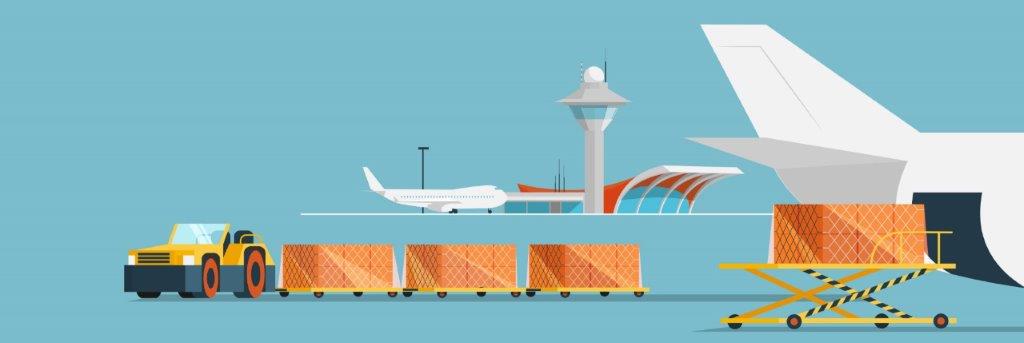
07 Dec The Blueprint to Overcome Supply Chain Crisis in North America
Since the pandemic outbreak, the air cargo industry has found an opportunity in cargo movement. For the same reason, their entire fleet got converted into cargo carriers. As of today’s date, there has been a 9 percent increase in cargo utility in carriers and thanks to the enormous demand post the pandemic. However, now they have a new challenge lined up i.e., moving cargo outside the cargo complex and ensuring timely delivery. Recently, the government of the United States of America is launching an infrastructure bill to overcome the ongoing supply chain crisis. This bill is in general to improve the logistics industry and both air cargo as well, as maritime, will get a benefit.
Experts suggest that technology intervention will be a major area of focus in this bill as the federal government embarks on enabling a digital infrastructure. Technologies such as a cargo community system, port community system, digital freight corridor, and logistics e-marketplace could become of utmost importance as time and again these technologies have proven that the industry needs technology intervention to thrive. Here are some key pain areas that the bill is focused on resolving.
Overcoming staff shortage
Staff shortage is a pressing issue and stakeholders such as transporters, ground handlers, and even airlines have experienced staff shortage widely throughout this period. Most importantly, with a lack of truck drivers, transporters have found it hard to handle the same amount of cargo they were handling before the pandemic.
Making processes more efficient with capacity increase
The most important aspect of the bill is to ensure the airport and port facilities have an upgraded infrastructure to handle a crisis as we see today. This would involve extending the airport/port facilities geographically and most importantly, enabling technology as a facilitator. IATA recommended EDI messaging, truck slot management, and other systems could come into play to enable efficient processing.
Overcoming truck congestion
Truck congestion is a big problem behind the scenes at some major US airports, especially in North America, because of the existing inefficiencies present as a result of poor coordination and infrastructure. Cargo Community Systems are artificial intelligence-based tools that allow ground handlers, freight forwarders, and trucking companies to better coordinate their landside freight management. It eventually helps them reduce waiting times and smooth peaks and idle times. It will also allow the ground handlers to make slots available in line with their capacity in addition to offering an overview of bookings. Drivers will be able to use mobile apps for check-in and check-out. This truck slot management system/cargo community system will help the airports significantly enhance their throughput with the existing infrastructure.
Improving visibility
Visibility cues are a major cause of concern for all logistics stakeholders in either maritime or air cargo. For example, the recent import and export surge is a result of working in an environment that has zero visibility. This surge could be contained well. Provided the operations are made seamless and the available data is well leveraged. Experts often complain that the stakeholders in the logistics industry are not utilizing data in the right way. Well, some are not even aware of the existence of this data. Hence the bill could focus on improving real-time data visibility.
Conclusion
The age of digitization is here, and it is getting all the necessary push from the regulators and the governments. Therefore, technology adoption is not just a luxury anymore for the logistics industry stakeholders. It is rather a dire need, which they need to adapt in their regular processes.

